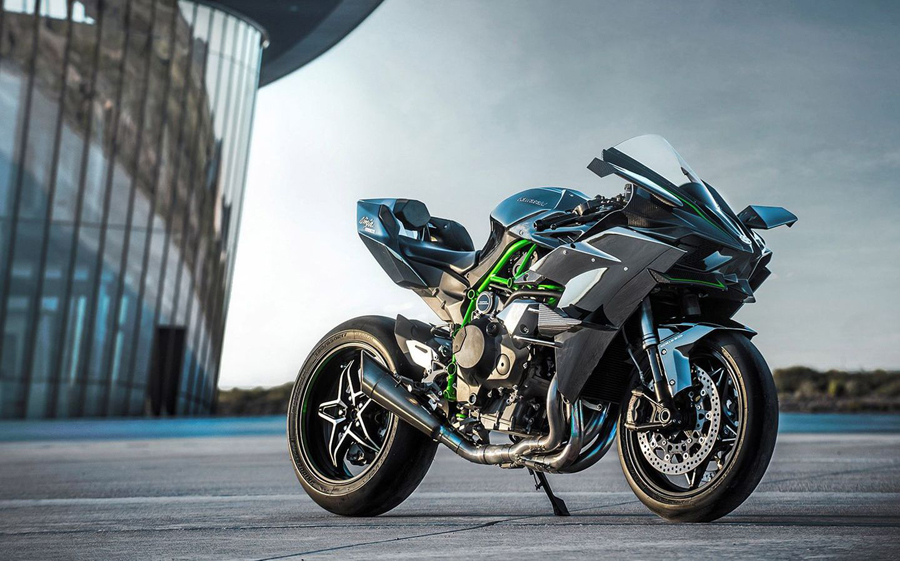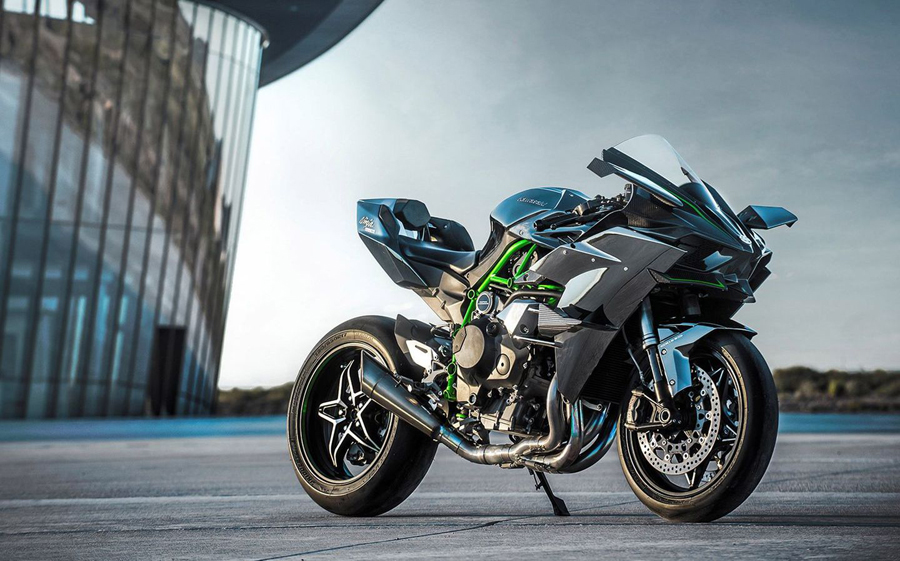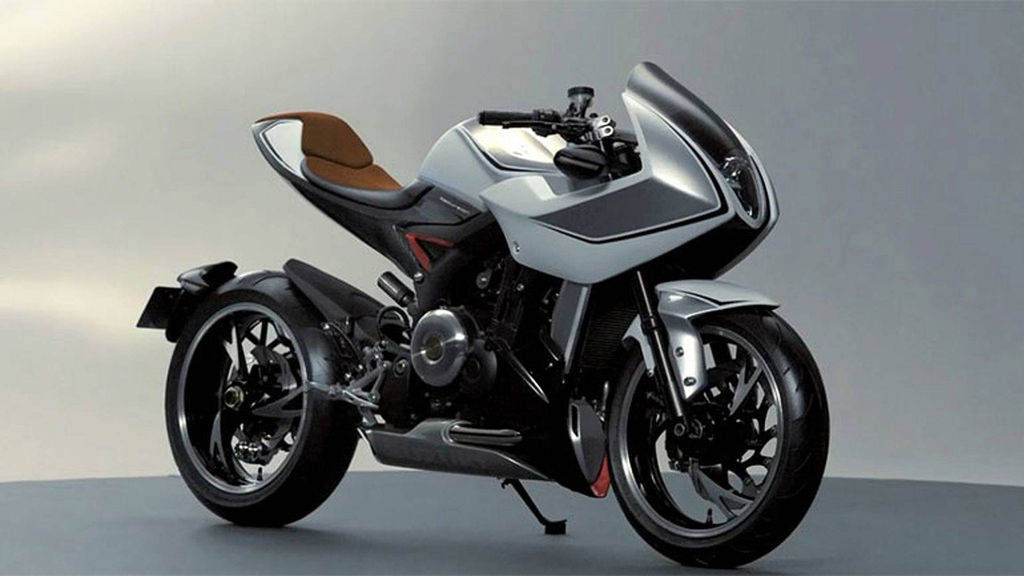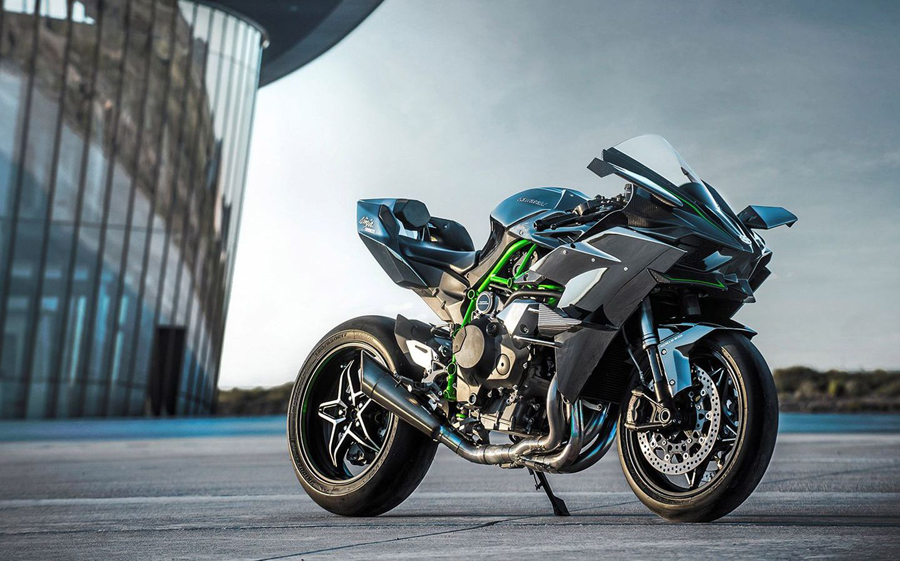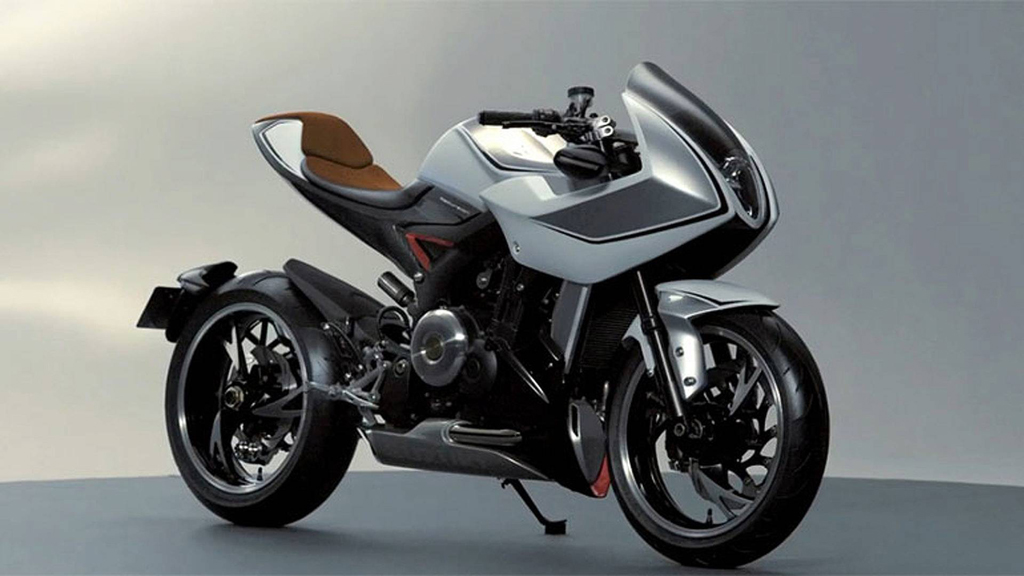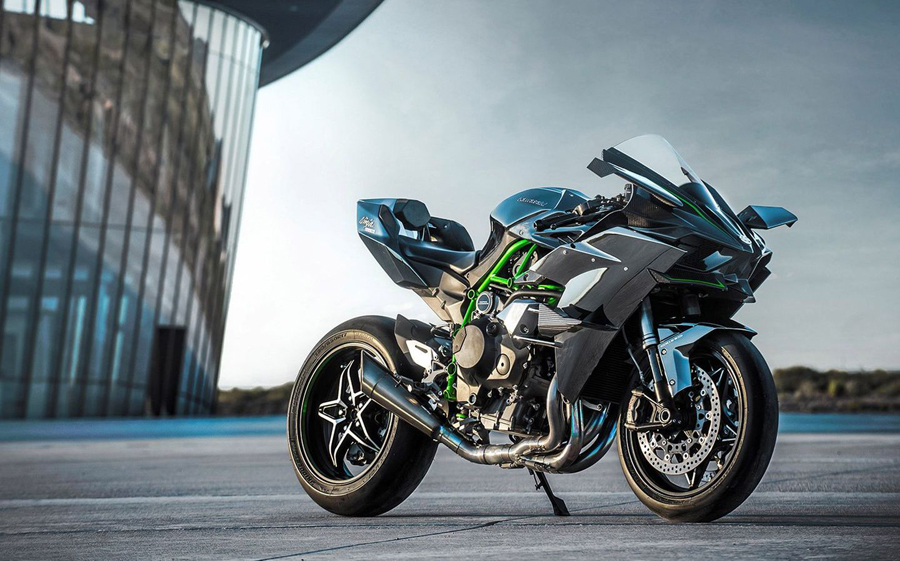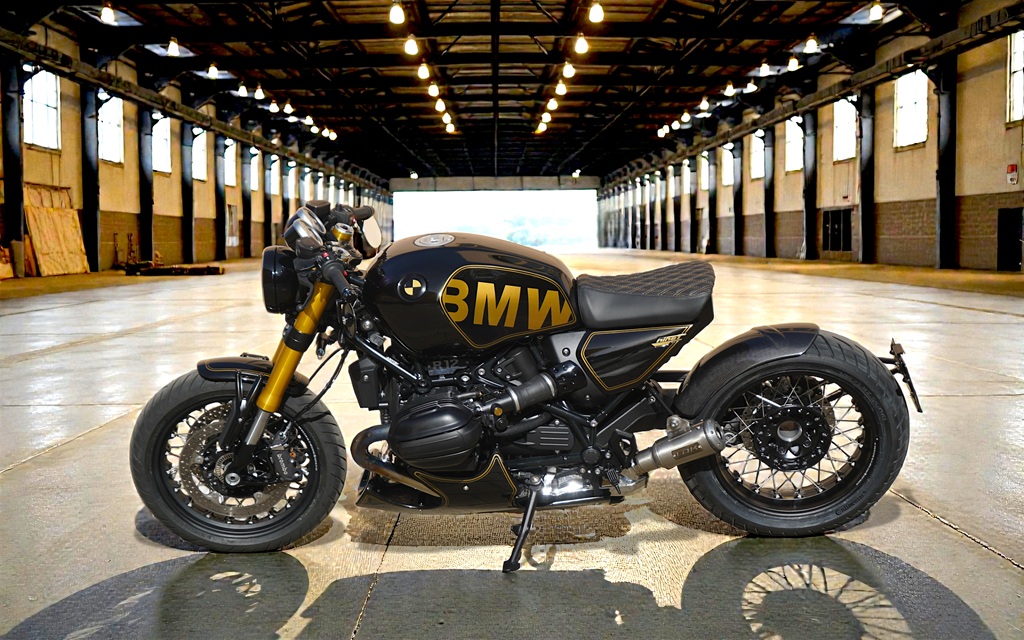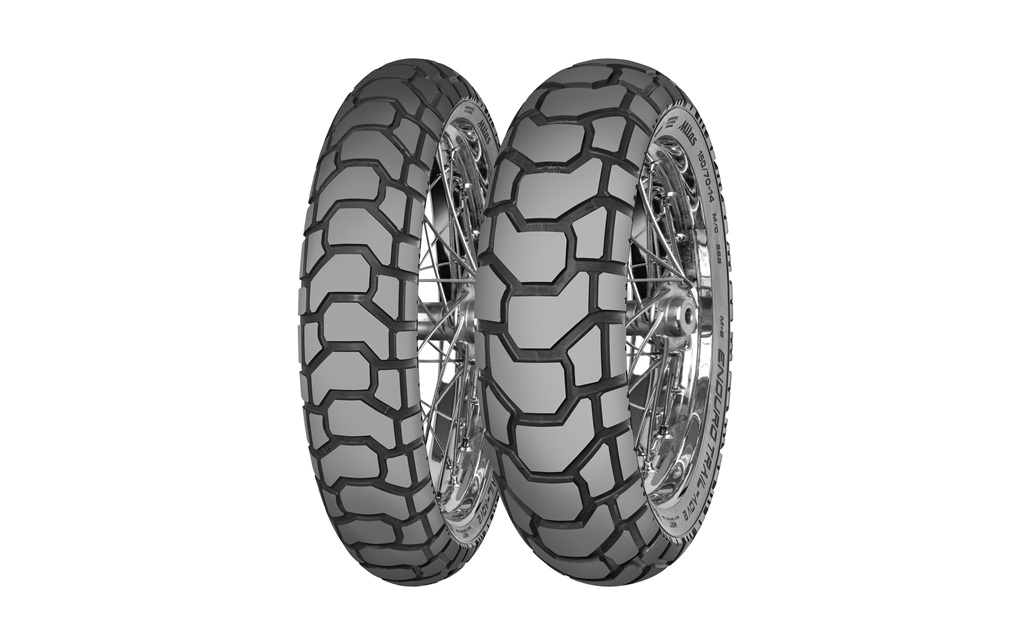*This article was published in Vol. 52 No. 1 of Cycle Canada digital magazine.
The unveiling of Kawasaki’s H2 and H2R models a few short years ago effectively renewed the marriage between pressurised engines and production bikes. Some will recall that this is not the industry’s first foray into the world of non-atmospheric engines, the last dalliance being in the early 1980s with the “turbo” bikes produced by the big 4 Japanese manufacturers. So why a return to non-atmospheric mills now?
Power and regulations
Motorcycle manufacturers compete on many fronts, not least of which is power, and it is therefore hardly surprising that we have seen a significant rise in power outputs over the years. It is worth noting that this has been achieved despite a tightening of exhaust emissions (and sound) standards, with gains coming both from improved engine efficiency, as well as higher engine revolutions (remember that an internal combustion engine is essentially an air pump and it follows that, all things being equal, more airflow to the engine will produce more power). However, engines have become so advanced and refined (with specific outputs now reaching, or exceeding, 200 hp/L in some cases) that increases have become increasingly difficult to achieve. Now some would say that the decision to go back to intake pressurisation is simply a product of the quest for power. However, while this may have been true in the early 1980s, the reason is more complex this time around.
As mentioned earlier, the regulatory framework for managing engine emissions continues to tighten. However, a new dimension has recently been added, namely carbon dioxide emission standards (especially in Europe), which did not exist in the past. This is, in fact, the main reason (together with the need to reduce fuel consumption) why the automotive world has shifted towards more turbocharged and supercharged engines, and why motorcycle manufacturers are quite likely to follow suit in the coming years.
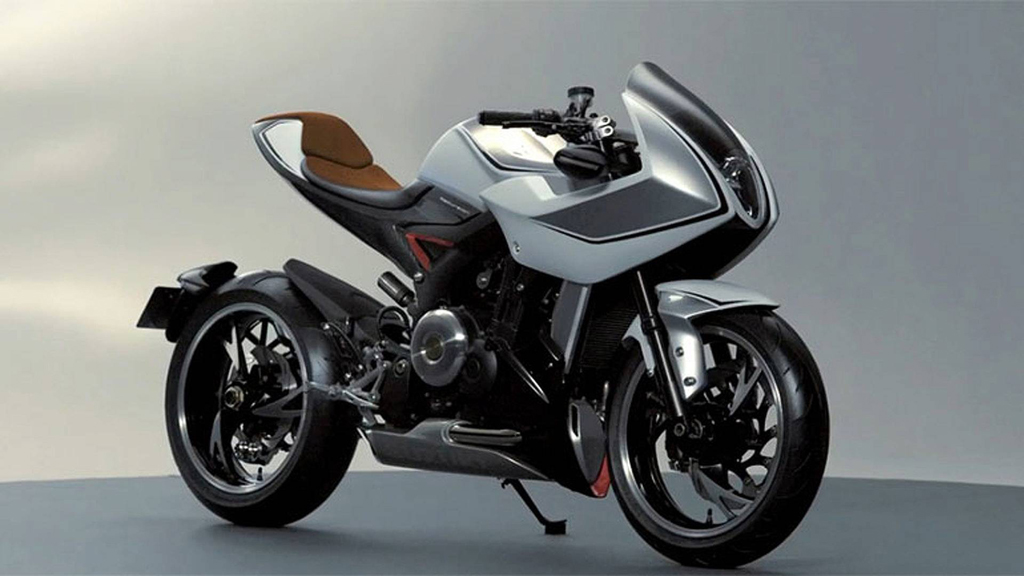
Benefits of pressurisation
Increasing the amount of air entering the engine causes it to act as if it had a larger displacement. This is achieved by placing a compressor (usually a turbine) in the intake tract, creating pressurisation and increasing airflow into the engine, thus improving its efficiency. This is not a new technology as such, as the first patent for supercharging dates back to 1885 by one Gottlieb Daimler. Its development took off in the 1920s when the technology was adopted by the airline industry as they sought to counter the effect of altitude-induced power loss in aircraft engines.
While the ability to increase peak power is the best known benefit of boosting intake pressure, the ability to increase power elsewhere in the rev range is even more advantageous for a road vehicle. In the modern computer age, the marriage of supercharging with digital management systems allows to not only increase but also reduce the power gain at desired engine speeds, made possible by precise control of intake pressure (along with other fuel and ignition parameters). In other words, it is possible to give us power only when we really need it and to cut down on fuel consumption and emissions the rest of the time, something that is practically impossible (or at least much more difficult) to achieve with an “atmospheric” engine. A definite example of having your cake and eating it too.
